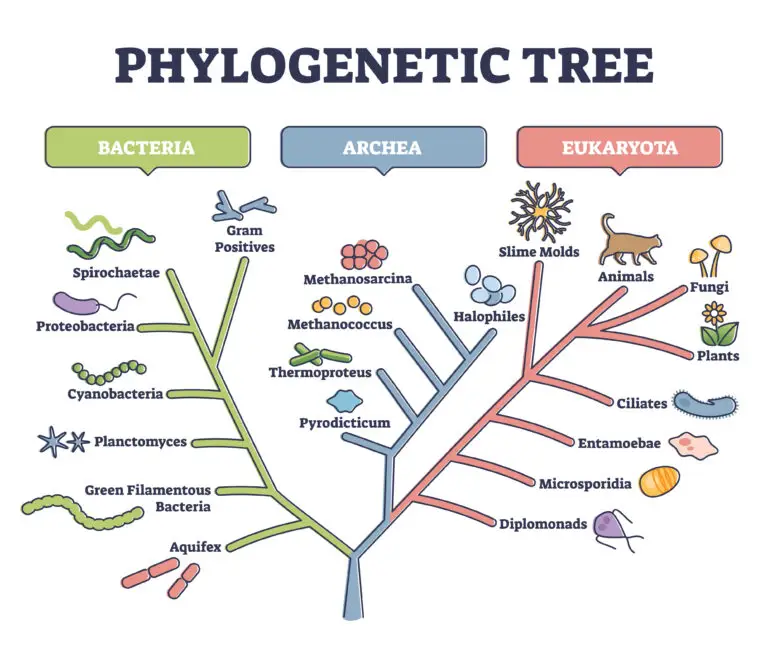Phylogenetics

Table of Contents
What is Phylogenetics?
Phylogenetics is the branch of biology that deals with the study of evolutionary relationships among organisms. Phylogenetics aims to reconstruct the evolutionary history (phylogeny) of species, populations, or genes by analyzing patterns of shared ancestry and divergence over time. The resulting phylogenetic trees or networks depict different entities’ evolutionary connections and branching patterns.
Concepts of Phylogenetics
Phylogenetic Tree
A phylogenetic tree is a branching diagram representing the evolutionary relationships among a group of organisms, genes, or other entities. The branches in the tree represent lineages or evolutionary pathways.
Common Ancestry
Phylogenetics relies on the principle of common ancestry, assuming that organisms with a more recent common ancestor are more closely related than those with a more distant common ancestor.
Homology
Homology refers to similarities in traits or genetic sequences inherited from a common ancestor. These shared characteristics form the basis for inferring evolutionary relationships.
Homoplasy
Homoplasy occurs when traits or genetic sequences are similar but not due to shared ancestry. It can be the result of convergent evolution or other factors. Phylogenetic methods aim to distinguish between homology and homoplasy.
Character State Changes
Phylogenetic analysis involves identifying character state changes, such as mutations in DNA sequences or morphological traits, over evolution.
Related Links
Ecology
Niche
Terrestrial
Trophic Levels